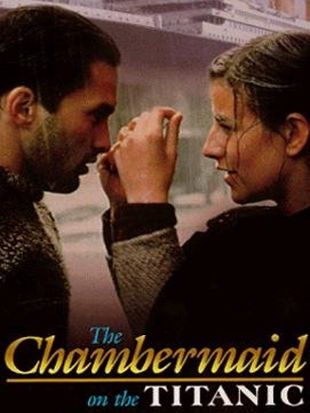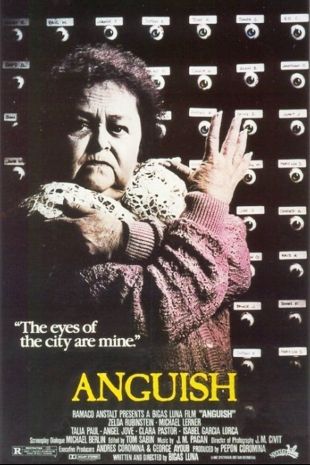Whether making a social satire or a historical romance, Bigas Luna's films were united with a few common threads. More often than not they contain observations or commentary on the machismo of the Spanish male; they freely blur the lines between reality and the imaginary, and at their best comprise a heady blend of ugliness and beauty, eroticism and intellect, and touching moments slashed with razor-sharp satire. Acclaimed and panned for such paradoxical, darkly comic works as Jamón Jamón (1992), Luna obtained a worldwide cult following.
Before he became a filmmaker, the Barcelona-born Luna was a well-known designer and painter. His avant-garde furniture and industrial designs were world-renowned; some of his work can be seen in the Dali Museum in Figueras, and his designs earned him a pair of Silver Delta awards. After making three short films, including Los Paisanos (1973), Luna made his directorial debut in 1976 with Tatuaje/Tattoo, an adaptation of a novel by Manuel Vasquez Montalban. Luna gained early recognition for his second and third films, Bilbao and Poodle, both of which earned international awards. Between 1980 and 1984, the up-and-coming director lived in Hollywood. His two attempts at breaking into American films, the English-language Reborn (1981), which was actually filmed in the U.S., and the creepy horror outing Angustia/Anguish (1985), which had Barcelona standing in for American locations, were box-office failures. It was not until Luna made Jamón Jamón that he became an international sensation. A veritable feast of juicy plot twists, spicy sex, food, and zesty commentary on the stereotypes of male virility and Spain's Monegros, the film earned Luna top prizes at that year's Venice Film Festival. While many critics raved over this extravagant piece, an equal number found the film distasteful. Jamón Jamón was the first in Luna's Iberian Trilogy. The second, Huevos de Oro/Golden Balls (1993), an even less subtle examination of male obsessions, is considered by many his least successful film, and may have damaged Luna's reputation as a director. However, he redeemed himself with La Teta y la Luna. It was Luna's first film to be set in his native Catalonia and filmed in the Catalan language (although it was also released in Spanish and French). A gentle coming-of-age comedy that seamlessly blended the realities of a young boy's life with his erotic/maternal fantasies of having a breast of his own, the story was widely hailed for its sensitivity, despite potentially disturbing scenes of the child suckling two grown women; the film earned awards at the 1994 Venice Film Festival. Luna's follow-up, La Femme de Chambre du Titanic/The Chambermaid on the Titanic (1997), is his most romantic film. An alternately funny and touching portrait of a husband's attempt to deal with his wife's alleged infidelity while trying to cover up his own brush with temptation, it received widespread acclaim, in part for its intelligent script but also for its subtle criticism of the continued romanticization of the Titanic tragedy, as in James Cameron's 1997 blockbuster. He reunited with his Jamón Jamón lead, Penélope Cruz, for 1999's Volavérunt and was jury member at the 2006 Venice Film Festival. Luna continued to work for the rest of his life, dying from cancer in 2013 while working on his last film, Segon Origen, an adaptation of Manuel de Pedrolo's novel El manuscript del segon origen,



